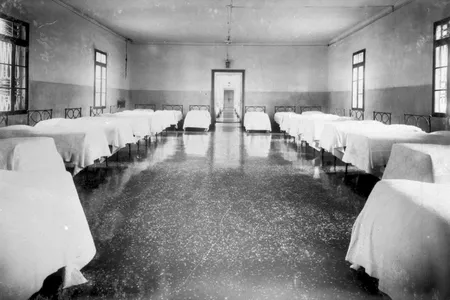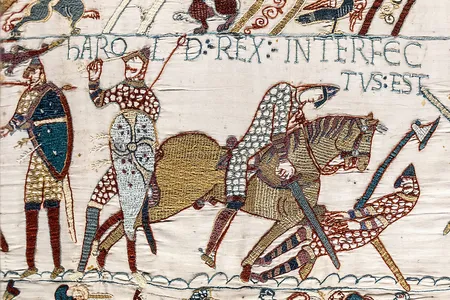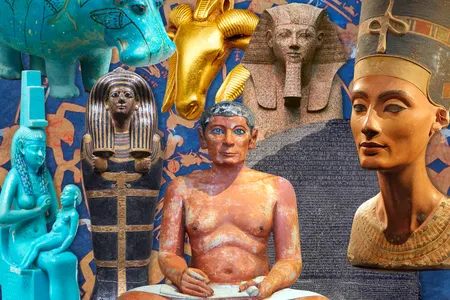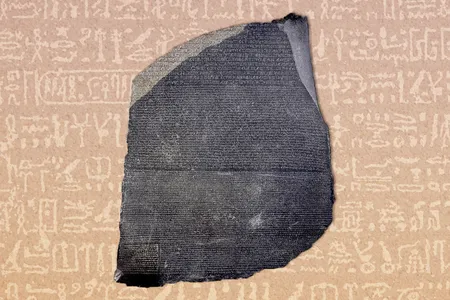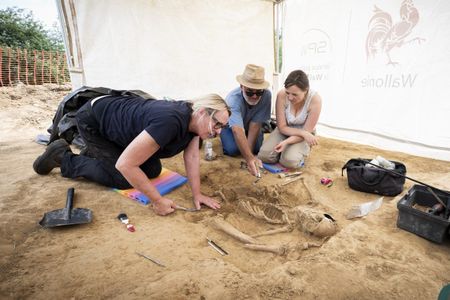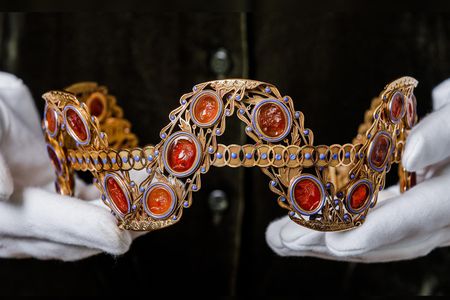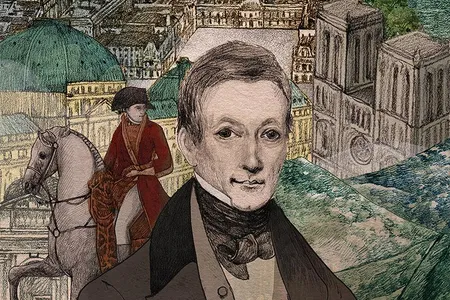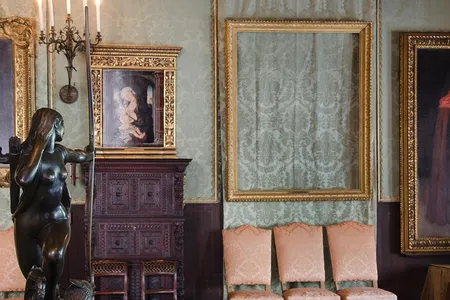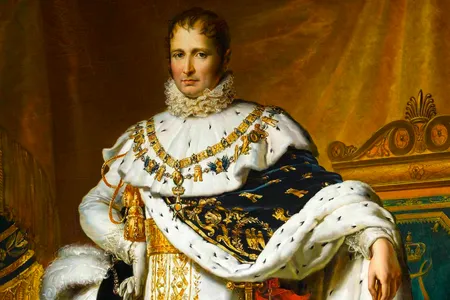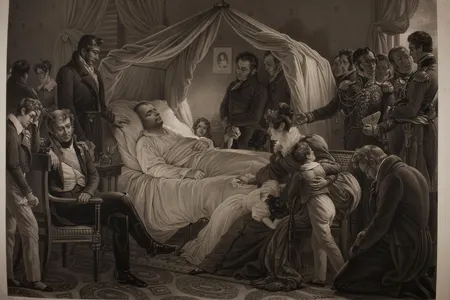Divorce Papers and Sauce-Stained Sleeves Reveal the Personal Side of Napoleon’s Rise and Fall
More than 100 objects connected to the French emperor just sold at auction. The collection sheds light on the man and the myth in stunningly intimate detail
Tens of Thousands Were Treated for a Deadly Disease While Confined to Psychiatric Hospitals on These Two Venetian Islands
In the 19th and 20th centuries, San Servolo and San Clemente housed patients suffering from pellagrous insanity, a condition caused by a vitamin deficiency
From Peasant Fodder to Fine Dining, Feast on the Tasty History of How Snails and Oysters Became Luxury Foods
Humans have eaten mollusks for millennia, but they weren’t always viewed as elite treats
The Ornate Sword That Napoleon Commissioned During His Rise to Power Is Heading to Auction
Prior to his final defeat at the Battle of Waterloo, the French ruler gave the saber to one of his most trusted generals, whose family kept it for generations
Newly Rediscovered, a Missing Fragment of the Bayeux Tapestry Is Returning to France
Likely removed by Nazi researchers, the scrap of fabric is a small but crucial part of the tattered tapestry’s nearly 1,000-year history
To Strike Fear Into Napoleon’s Occupying Army, These Retreating Soldiers Burned Down Their Own City
When the blaze in Moscow subsided on September 18, 1812, the French—who had traveled hundreds of miles into Russia—were left without vital resources as a brutal winter approached
Napoleon’s Elaborately Decorated Pistols Sell for $1.8 Million at Auction
The French government has declared the artifacts national treasures, which means they can only leave the country temporarily
See the Graffiti Bored British Soldiers Carved Into a Castle Door More Than 200 Years Ago
One of the carvings may even depict French emperor and military commander Napoleon Bonaparte being hanged
Men’s Shirts Button on the Right. Why Do Women’s Button on the Left?
Nobody knows for sure, but plausible theories include swords, servants and saddles
The Real History Behind Empress Joséphine in Ridley Scott’s ‘Napoleon’
A new Hollywood epic traces Napoleon Bonaparte’s rise and fall through his checkered relationship with his first wife
The Trailer for Ridley Scott’s ‘Napoleon’ Is Here
The new film stars Joaquin Phoenix and follows the ambitious French ruler’s rise to power
Who Gets to Tell the Story of Ancient Egypt?
On the eve of the opening of the Grand Egyptian Museum, some of the country’s artifacts, from the Rosetta Stone to the bust of Nefertiti, remain overseas
Two Hundred Years Ago, the Rosetta Stone Unlocked the Secrets of Ancient Egypt
French scholar Jean-François Champollion announced his decipherment of Egyptian hieroglyphs on September 27, 1822
Archaeologists Uncover Rare Human Skeleton at Waterloo
The bones were discovered in a ditch near a former field hospital
Two Tiaras Once Owned by Josephine Bonaparte Are Up for Auction
Napoleon’s empress was an early 19th-century style icon. Now, two of her diadems are on sale at Sotheby’s
Before He Wrote a Thesaurus, Roget Had to Escape Napoleon’s Dragnet
At the dawn of the 19th century, the young Brit got caught in an international crisis while touring Europe
Five Things to Know About the Gardner Museum Heist—the Biggest Art Theft in Modern History
In 1990, two thieves made off with a $500 million cache of art by Rembrandt, Vermeer, Degas and more. Three decades later, the works remain missing
New Jersey Estate Owned by Napoleon’s Older Brother Set to Become State Park
In 1815, exiled Spanish king Joseph Bonaparte fled to the U.S., where he lived in luxury on a sprawling, 60-acre estate
Rare Doctor’s Note Offers Glimpse Into Napoleon’s Agonized Final Years
The 1818 missive, which describes the French statesman’s failing health, recently sold at auction for $2,000
Before WWI, Trench Fever Plagued the Ancient Romans and Napoleonic Soldiers
Long associated with the Great War, the disease actually dates back at least 2,000 years, a new study suggests
Page 1 of 3
